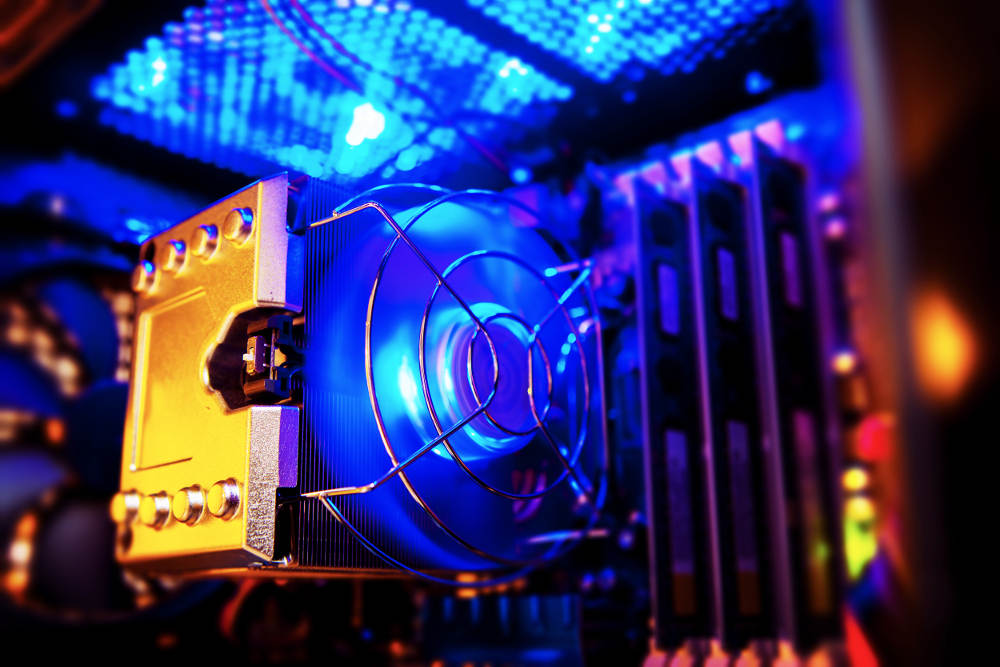PC manufacturers follow a certain hardware architecture that has not changed since IBM introduced the x86 formula for desktop computing in the 1970s. Since then, the motherboard combination of processors, RAM, ROM, and graphics cards has ruled the market.
Understanding PC Hardware Functions
The central processing unit (CPU) remains at the heart of all personal computing devices from desktops to laptops and from tablets to smartphones. When CPUs are installed on motherboards along with other components, the manufacturer sets a certain clock rate, which determines the amount of operations per second that the device will be able to handle. In essence, the CPU speed is what dictates the performance of the device according to the rest of its components, physical constraints and the computing purpose.
[su_note note_color=”#F4f4f4″]Overclocking is a hardware practice that goes back to the mass production of desktop PCs in the 20th century. Hardware enthusiasts and hackers who studied the x86 architecture as it relates to CPUs found out that they could increase the factory clock rate to make their devices faster. Just like automakers set electronic limiting devices to restrict the high speeds of sports cars, PC manufacturers set processor clock rates according to safe operating speeds. Unlike automakers, however, PC manufacturers do not make it so difficult to override processor speed.[/su_note]
Unlocking Potential with Overclocking
In essence, overclocking involves manually increasing the CPU clock rate so that it runs faster. This practice gained initial popularity in the early 21st century as there was great interest in PC gaming; it even sparked a small subculture that attempted to push CPU boundaries while compromising system stability and risking a meltdown of motherboard components due to inadequate cooling.
Many of the early overclocking enthusiasts were also into PC gaming, which helped to develop an interest in custom-built systems. Some computer shops advertise gaming systems as being overclocked, which is more of a marketing claim than an accurate statement. The CPU clock rate can be set from the BIOS, but doing so without adequately compensating the rest of the components invites failure.
[su_note note_color=”#F4f4f4″]When A Plus Computer delivers a custom computer build for clients in need of powerful systems, the PC is not overclocked as such. The CPU clock rate will run faster than off-the-shelf systems, but it will be adequately set and compensated with proper ROM and RAM as well as cooling and graphics processing performance. A builder of custom computer rigs is essentially a PC manufacturer who sets the proper CPU clock rate.[/su_note]














